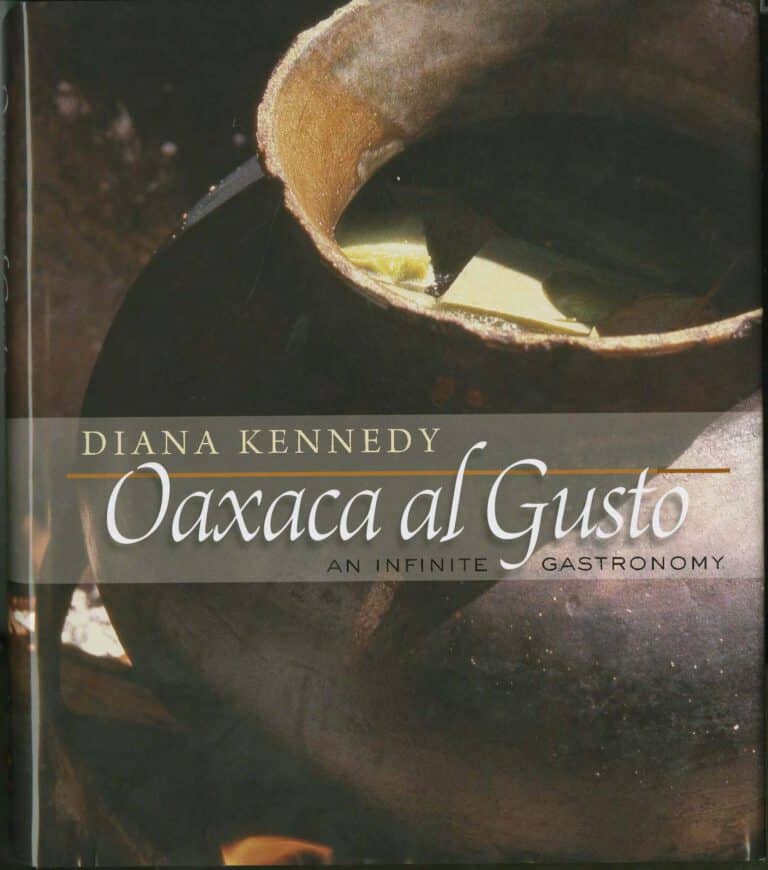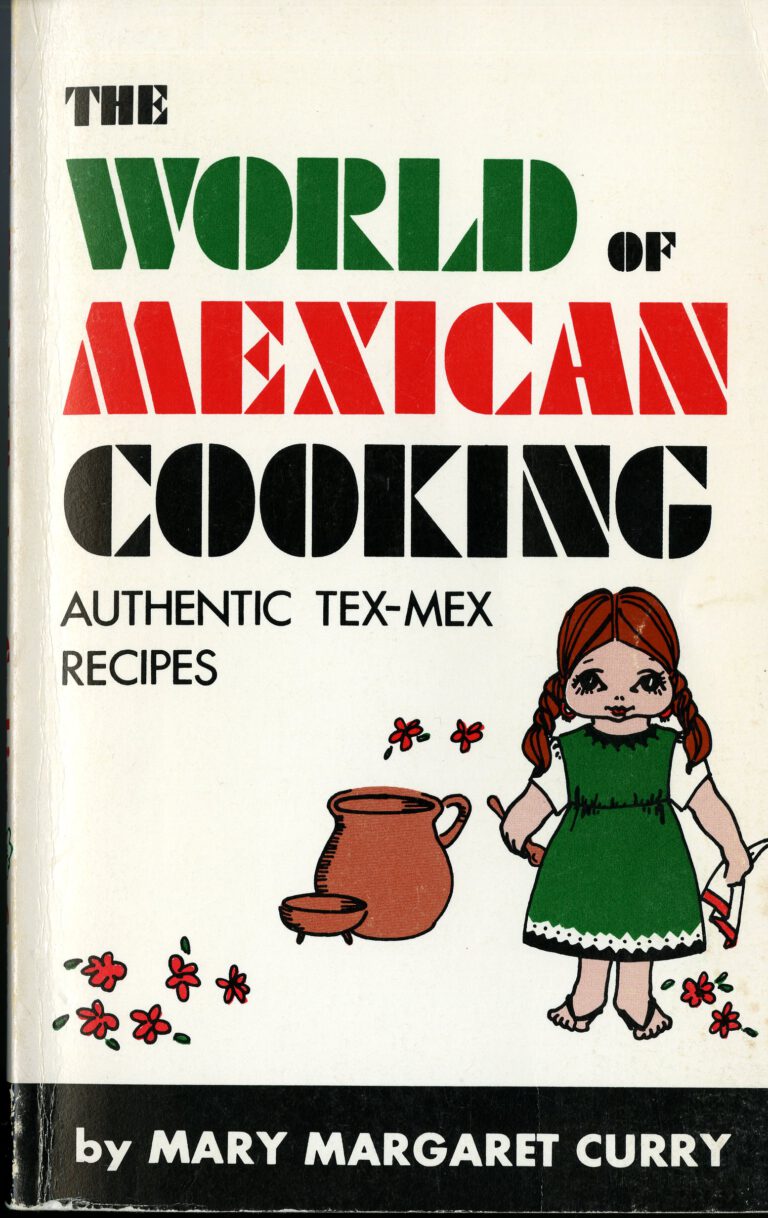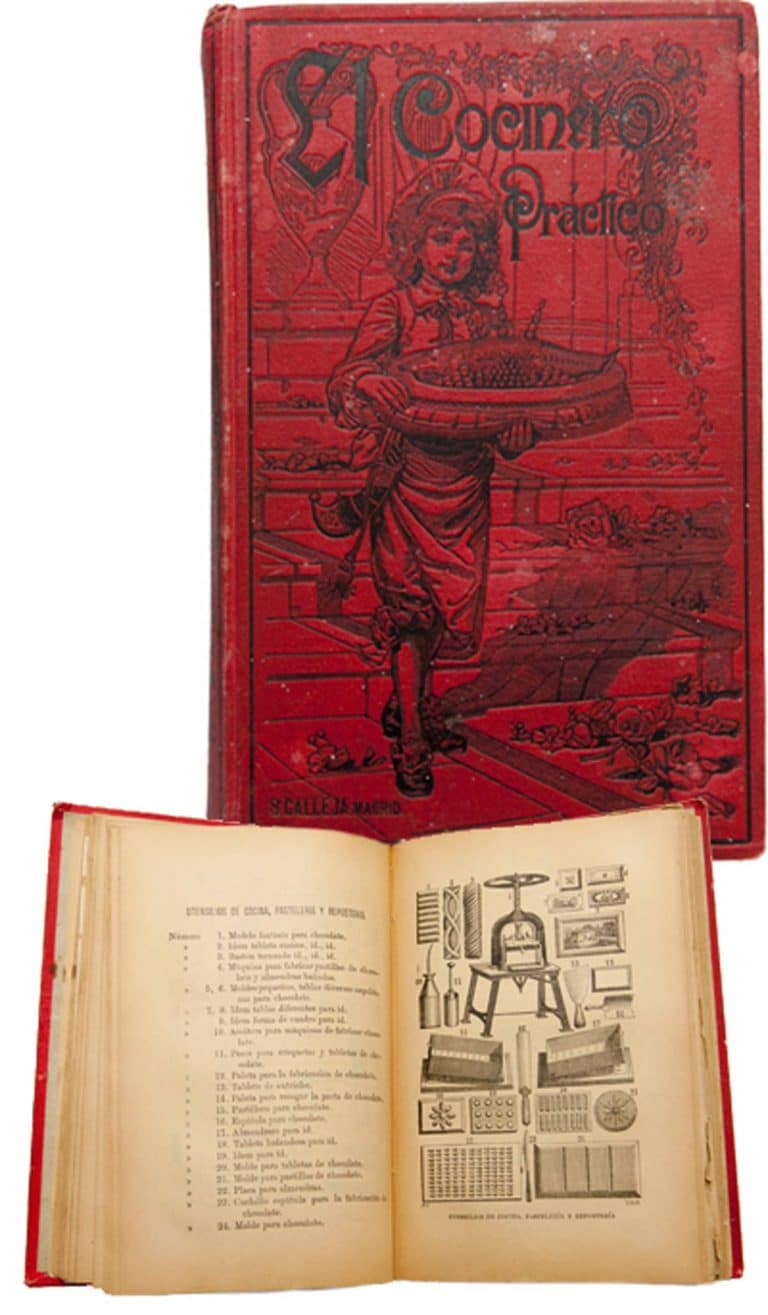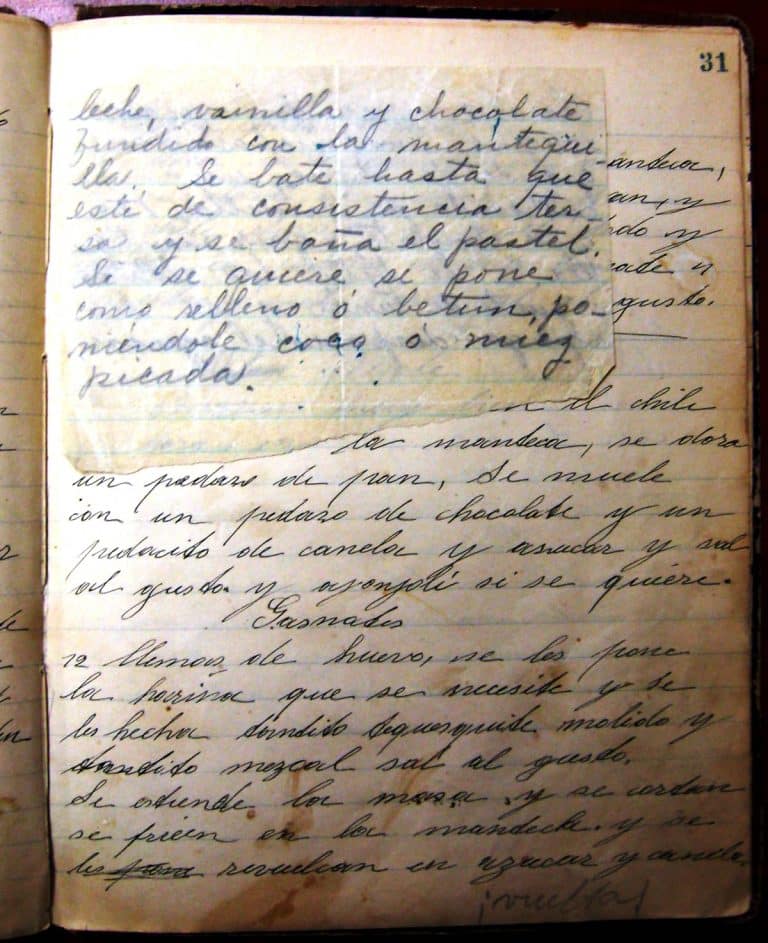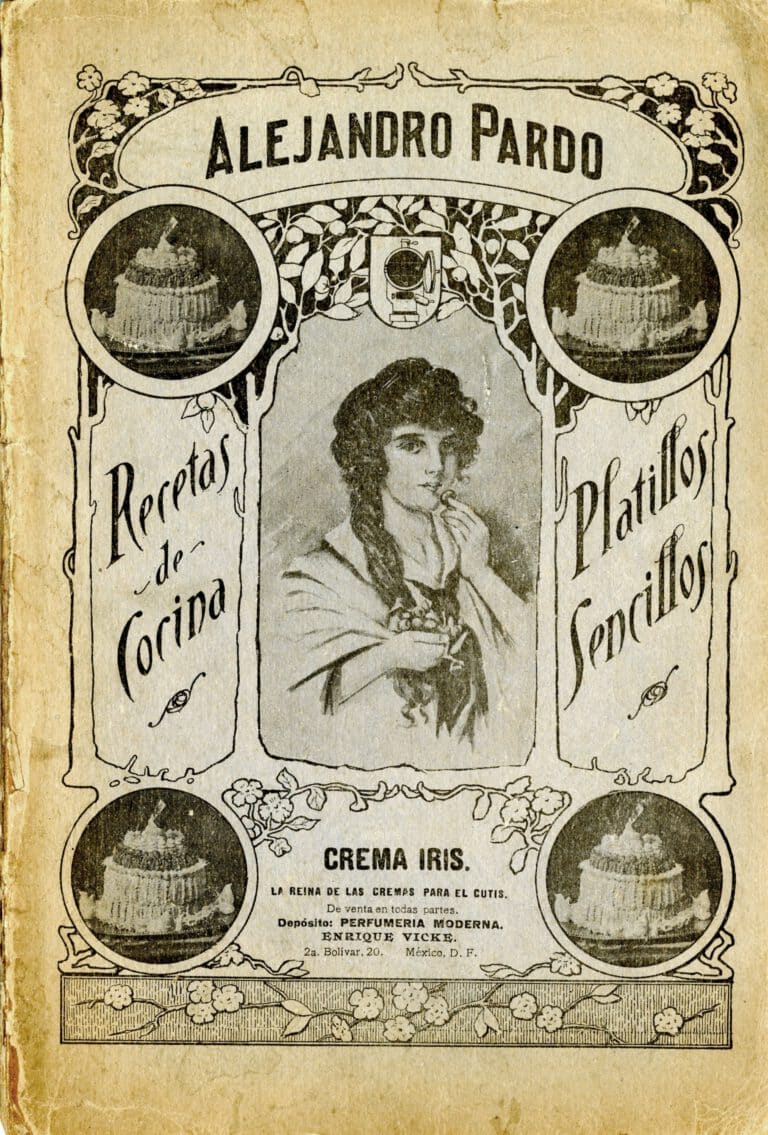Pastel Pardo 1920’s (Pardo’s Cake)
de los Angeles Dávalos, María. Libreta de Cocina Manuscript Cookbook. San Luis Potosí: 1921-1951. TX716 .M4 D383 1921. Mexican Cookbook Collection. UTSA Libraries Special Collections. [Digital Surrogate]
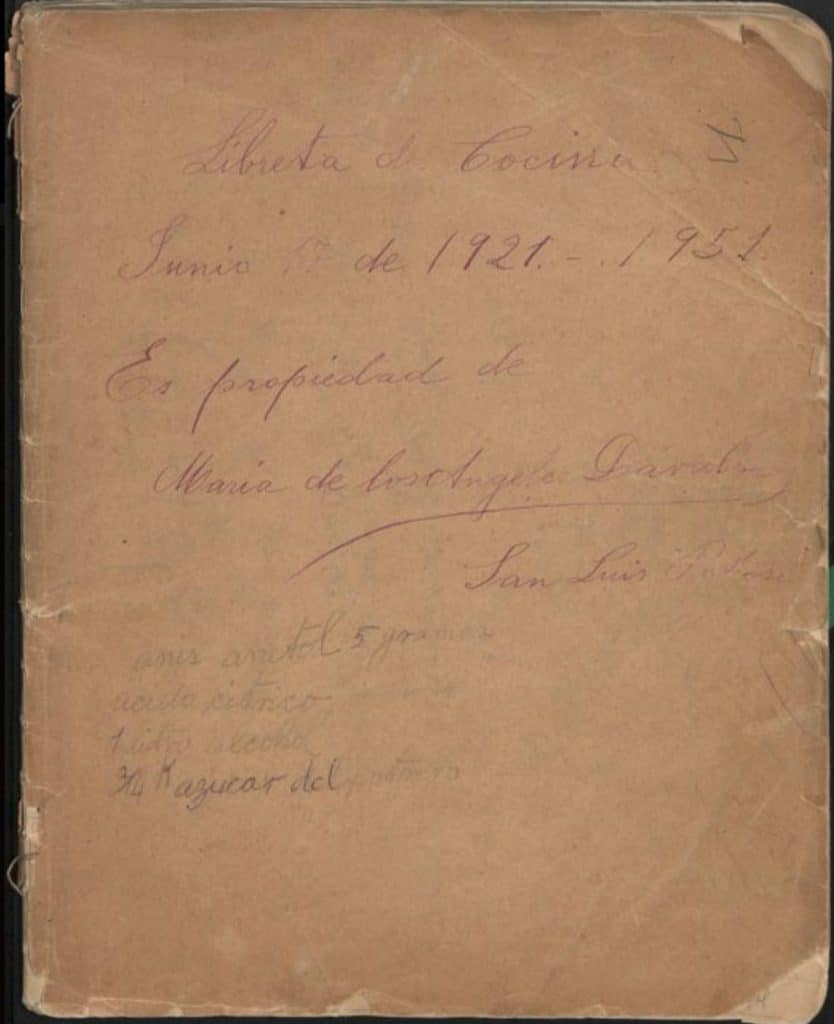
María de los Angeles Dávalos (and/or subsequent writers) inscribed three decades worth of recipes in Libreta de Cocina. Its contents are heavily weighted towards baking and dessert-preparation, but main course dishes such as Beef Tongue in Tuna fruit salsa make an occasional appearance.
The recipe below for Pastel Pardo is one of many cake recipes in Libreta de Cocina. This one, however, particularly caught my eye because “Pardo” was the name of an influential Mexico City chef who established one of the first cooking academies in Mexico City and also published several cookbooks in the early 20th century. While I could not find a cake just like this one in the three cookbooks by Alejandro Pardo in UTSA’s collection, it is possible that this might be a derivation of one of his recipes, or perhaps one that was included in his cooking classes. Then again, it might simply be a cake recipe provided to María de los Angeles Dávalos by a friend or neighbor named Pardo.
Pastel Pardo (00013-00014)
Chocolate vainilla 250 gms, azucar 100 gms, harina 100 gms, mantequilla 280 gms, almendras picada y tostada 50 gms, Naranja cubierta picada 1 mitad, huevos 8, claras 6. Decorad[o] Merengue Italiano 5 claras, chochitos platiados 20 gms fondan 1/9 kilo, azucar.
Modo de hacer el pastel
Se pone la mantequilla y el azucar y se vate hasta que esponje, y luego se van poniendo las yemas de una en una hasta que pongan las 8 yemas, luego se pone el chocolate rayado y la almendra picada y la naranja, aparte se baten 6 claras a punto de merengue y se rebuelve todo punto merengue con la mantequilla despues del chocolate se le pone la harina se echa en molde de corona engrasado y es polvoriado de harina y se meté a horno regular 40 [mins?] luego se vaña con el fondán, del merengue se aparta 1/4 parte y se le ponen 50 gramos de almendras tostados y picadas y el jugo de un límon se rellena con el merengue velga (este es el nombre del merengue) y se le hacen unos puntos de dos al [rastedor?] y en la superficie formando capete tambien de punto de dos y en todos los puntitos unos chochitos platiados.
Pardo Cake (00013-00014)
- 250 grams vanilla chocolate [1]
- 100 grams sugar
- 100 grams flour
- 280 grams butter
- 50 grams chopped, toasted almonds
- 1/2 orange peel, candied and chopped.
- 8 egg yolks [2]
- 6 egg whites
- Italian Meringue: 5 egg whites, silver dragees [3], 1/9 kilogram fondant, sugar
Preparation
Beat the butter and sugar together until light and fluffy. Add the egg yolks one by one until you have added all eight of them. Then add the chocolate (grated), the chopped almonds, and the orange.
Separately, beat the 6 egg whites until they form peaks and then mix into the butter mixture after the chocolate. Then, add the flour and pour into a greased-and-floured ring pan. Bake in a moderate oven [4] for 40 minutes.
Later, cover the cake with the fondant. Separately, mid up the Italian Meringue. To 1/4th of the meringue, add 50 grams of toasted, chopped almonds and the juice of one lemon. Fill the middle of the ring with this mixture. Cover the cake and filing with the rest of the meringue and decorate with silver dragees.[5]
[1] Mexican chocolate is often sold with flavorings such as vanilla or pecan already added.
[2] Although the Spanish ingredients list 8 huevos and 6 claras, reading the instructions makes it clear in this case, the writer is using huevos/eggs to refer to yolks and claras/whites to specify egg whites.
[3] I was unable to identify a direct translation for chochitos platiados; however, I believe the writer is referring to the decorative, edible silver balls often used in cake decorating.
[4] A moderate oven is around 350-375*F.
[5] The final paragraph of this recipe twice includes the phrase “punto de dos.” As best as I can determine, I believe it is referring to covering both the cake itself and the meringue used as filling in the center of the ring of cake, with an outer cap of unflavored meringue, but I am not entirely certain of this.

